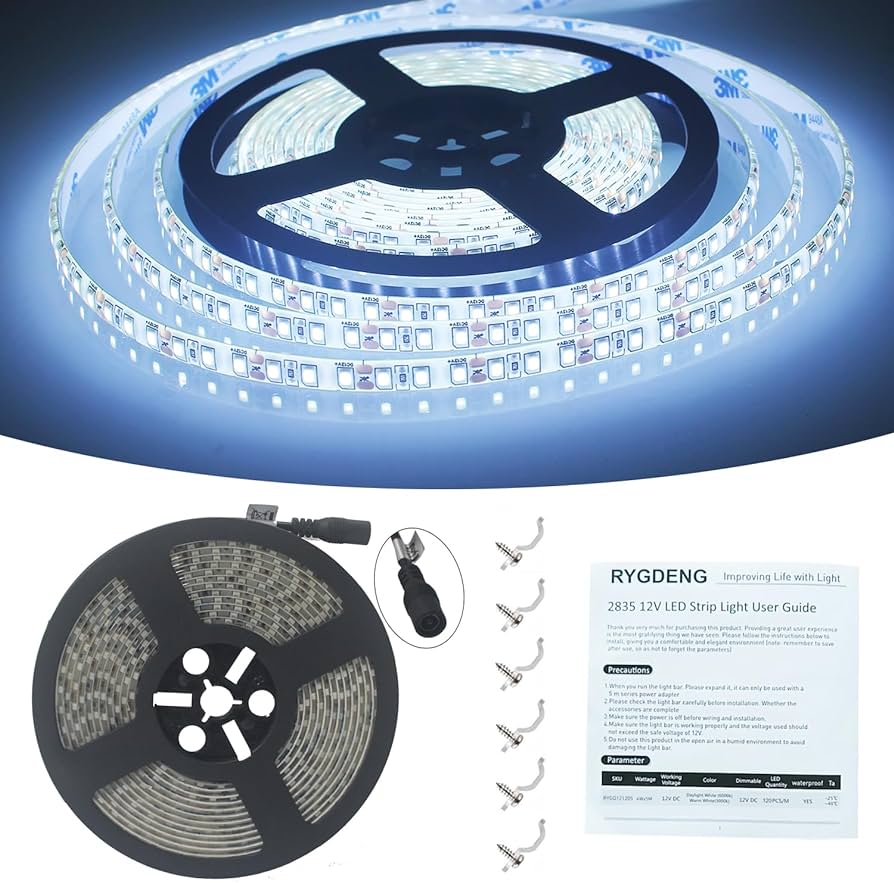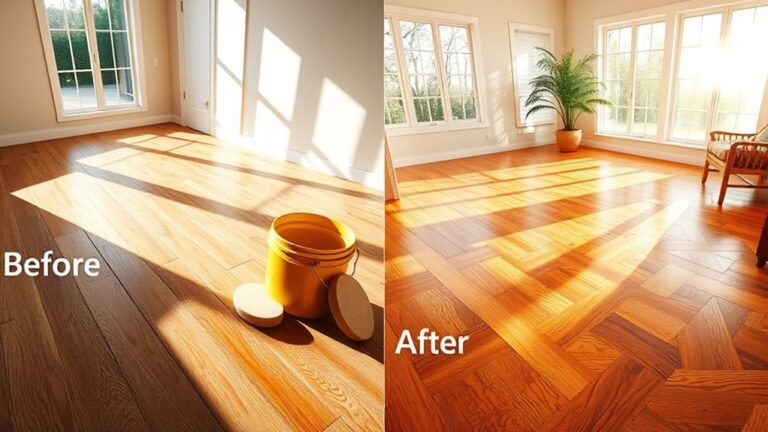Bend floor gratings when you need to adapt them to fit a particular space or design requirement. Floor gratings can be bent to accommodate curved or irregular surfaces, ensuring optimal functionality and aesthetics.
Floor gratings offer a practical and durable solution for various industrial, commercial, and residential applications. However, in specific cases, such as when working with non-standard floor layouts or irregular spaces, bending the gratings becomes necessary. By bending the gratings, you can ensure a perfect fit, allowing them to seamlessly integrate into the overall design while still providing the necessary structural support and efficient drainage.
This flexibility to customize and adapt floor gratings contributes to their versatility and usability in a wide range of environments and projects.
Importance Of Proper Floor Grating Installation
Proper installation of floor gratings plays a crucial role in various aspects. One significant benefit is efficient drainage. Well-placed floor gratings facilitate the flow of liquids, preventing water accumulation and reducing the risk of slips and falls. This leads to enhanced safety in workplaces and public areas alike.
In addition to drainage functionality, floor gratings also contribute to improved safety. They provide a sturdy surface for people to walk on, minimizing the chances of accidents. Moreover, these gratings can handle heavy loads without structural damage, ensuring long-lasting durability.
Not only do floor gratings offer practical advantages, but they also enhance the overall aesthetics of a space. With different materials, patterns, and finishes available, gratings can be customized to complement any design theme. This adds a visually appealing element to areas like entrance halls, garden paths, or commercial buildings.
| Benefits of Proper Floor Grating Installation |
|---|
| Efficient drainage |
| Improved safety |
| Enhanced aesthetics |
Factors To Consider Before Bending Floor Gratings
Bending floor gratings can provide versatility and customization options in various industrial applications. However, it is crucial to assess several factors before undergoing this process to ensure the structural integrity and safety of the gratings.
Structural Integrity: Before bending floor gratings, it is important to evaluate the design and composition of the gratings to ensure they can withstand the bending process without compromising their structural integrity.
Materials and Dimensions: The choice of materials used in the gratings and their dimensions play a crucial role in determining whether they can be successfully bent. Different materials have varying levels of flexibility, so it is essential to consider their compatibility with bending techniques.
Load-Bearing Capacity: It is vital to assess the load-bearing capacity of the floor gratings after bending. Bending can alter the original load distribution, so a thorough analysis is necessary to ensure the gratings can still support the required loads without any detrimental effects.
Technique 1: Cold Bending
Cold bending is a technique used to alter the shape of floor gratings without the application of heat. This process involves applying gradual pressure to the grating, which causes it to deform and take on the desired shape. Typically, hydraulic or mechanical bending equipment is used for cold bending.
Cold bending is suitable for a variety of applications, including architectural projects where custom shapes are required, as well as in industrial settings to accommodate specific equipment requirements. It is particularly useful for rectangular floor gratings that need to be curved to fit around corners or irregular structures.
One of the major advantages of cold bending is that it does not affect the structural integrity of the grating, making it a safe and reliable method. Additionally, cold bending allows for precise customization without altering the material properties of the grating. However, it is important to note that cold bending may result in some residual stress within the grating, which could affect its long-term performance.
When cold bending floor gratings, it is advisable to consult with an experienced professional who can provide guidance on the equipment and techniques suitable for your specific application. Additionally, it is essential to adhere to the manufacturer’s guidelines and recommendations for cold bending to ensure the longevity and performance of the grating.
:max_bytes(150000):strip_icc()/BHG_GroupShot_RM_2360-1-dc1e4b283aea4dfba81aecec13c26382.jpg)
Technique 2: Hot Bending
Hot bending is a floor grating bending technique that involves heating the grating to a specific temperature to make it pliable. Once heated, the grating is bent with the help of specialized tools or machinery. The process includes precise temperature control and careful monitoring to ensure optimal results.
- Hot bending is commonly used in architectural and industrial applications where curved or custom-shaped floor gratings are required.
- It is particularly useful in areas where standard-sized gratings cannot be installed due to space constraints or design requirements.
| Pros | Cons |
|---|---|
| Allows for the creation of unique and aesthetically pleasing designs. | Requires specialized equipment and skilled operators. |
| Offers flexibility in adapting gratings to fit curved or irregularly shaped surfaces. | May be costlier compared to standard gratings due to additional processing and labor. |
- Ensure proper temperature control during hot bending to prevent structural damage or warping of the grating.
- Consult experienced professionals or engineers familiar with hot bending techniques to ensure precision and adherence to safety guidelines.
- Consider the structural integrity and load-bearing capacity of the bent grating to ensure its suitability for the intended application.
Technique 3: Forming Inserts
Definition and process: Forming inserts is a technique used to bend floor gratings to fit specific needs and requirements. It involves cutting and welding the grating to create customized shapes or angles, allowing it to adapt to various architectural designs or structural constraints. The process typically includes measuring the area where the gratings will be installed, creating a template, and then cutting and welding the grating accordingly.
Suitable applications: Forming inserts can be utilized in various applications, including industrial facilities, commercial buildings, public spaces, and residential properties. It is particularly beneficial when dealing with irregular or unique architectural layouts or when floor openings require a precise fit.
Pros and cons: The main advantage of using forming inserts is the ability to achieve a custom fit and ensure optimal safety and functionality. It allows for flexible design options and can enhance the overall appearance of the space. However, the process can be time-consuming and may require professional expertise. Additionally, it may involve additional costs for cutting, welding, and customization.
Expert tips and best practices: When considering forming inserts, consult with experienced professionals who have expertise in grating fabrication. Ensure accurate measurements and provide clear instructions for desired shapes or angles. Consider the intended use and traffic requirements when determining the appropriate thickness and type of grating material. Regular maintenance and inspections are essential to ensure the continued integrity and safety of the bent grating.
Determining The Need For Bending
Before deciding to bend floor gratings, it is crucial to conduct a comprehensive site survey and analysis. This involves evaluating the specific project requirements to determine if bending is necessary. Unique project requirements can include factors such as structural limitations, architectural design, functionality, and safety considerations. A thorough analysis will help to identify any areas where bending may be more practical and beneficial.
During the site survey, it is important to gather all the relevant information about the project, including measurements, site conditions, and any existing obstacles. This data will provide the necessary foundation for assessing whether bending is required and how it can be implemented effectively.
By carefully considering the site survey and analysis, you can make an informed decision about whether or not to bend the floor gratings. This will ensure that the final installation meets the specific needs of the project while maintaining the highest standards of safety and functionality.
Consulting With Experts
Bending floor gratings can be a complex task that requires careful consideration and expert advice. Engaging with professionals in the field is crucial to ensure the feasibility and mitigate the risks associated with such a project. These experts can assess the structural integrity of the gratings and provide recommendations on whether bending is a viable option. It is essential to ensure compliance with industry standards and regulations to guarantee the safety and functionality of the gratings. By consulting with experts, you can make informed decisions and avoid any potential pitfalls that may arise during the bending process. Their expertise and knowledge will help you navigate the intricacies of floor grating bending, ensuring that you achieve the desired results effectively and efficiently.
Evaluating Cost And Time Implications
Floor gratings are an essential component in various industries, providing ventilation, drainage, and accessibility in areas with heavy foot traffic. However, there may be instances when bending floor gratings becomes necessary. It is important to evaluate the cost and time implications before making this decision. Conducting a cost-benefit analysis is crucial to weigh the advantages and disadvantages of bending the gratings. Factors such as the cost of the bending process, the impact on the project timeline, and the potential disruptions and downtime should be considered. By carefully assessing these aspects, it is possible to determine whether bending floor gratings is a feasible option. This assessment should take into account the overall project requirements and the long-term benefits that the bend gratings would provide. Ultimately, the decision to bend floor gratings should be based on a thorough evaluation of the cost and time implications, ensuring that it aligns with the project goals.
Frequently Asked Questions For When Should You Bend Floor Gratings
What Is The Allowable Deflection For Grating?
The allowable deflection for grating varies depending on the load and application. It is important to consult the manufacturer’s specifications for the specific grating product being used.
What Is The Deflection Limit For Steel Grating?
The deflection limit for steel grating is determined by its load rating and span. It is typically recommended to adhere to a maximum deflection limit of L/360, where L is the span length.
What Is The Minimum Bearing For Grating?
The minimum bearing for grating refers to the amount of space required between the supports or edges to ensure proper structural support. It is necessary to follow the manufacturer’s guidelines for the specific type of grating being used to determine the correct minimum bearing.
What Are The Support Requirements For Grating?
Support requirements for grating include proper installation to ensure proper load distribution, regular maintenance to prevent rust or corrosion, and periodic inspection to identify any damage or wear. Additionally, grating should be selected based on the anticipated load requirements and the environment it will be used in.
Conclusion
To summarize, bending floor gratings can be a practical solution in certain situations. It allows for customized installations, improved functionality, and enhanced safety. However, it is essential to carefully evaluate the specific requirements and seek professional advice before applying this technique.
By understanding the appropriate circumstances and considering the potential benefits and limitations, you can make informed decisions for your flooring needs.




